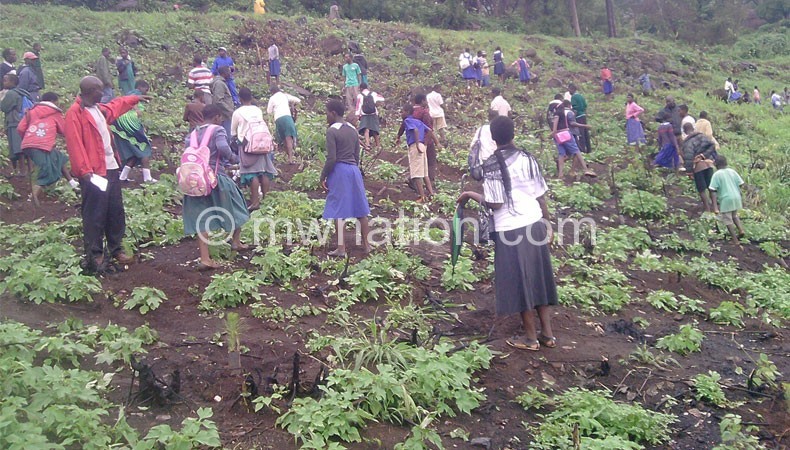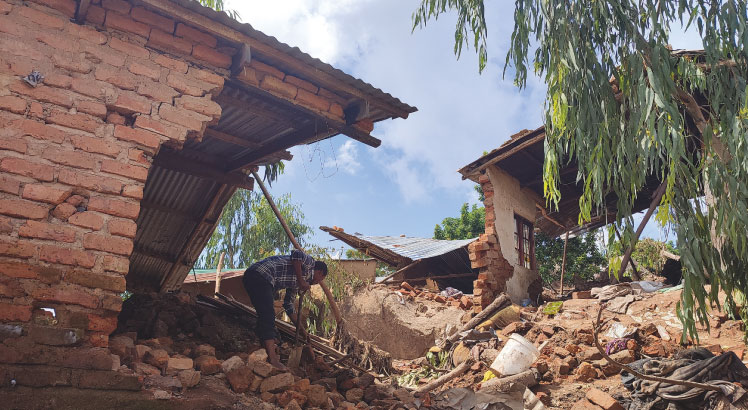Malawi to plant 15m trees in National Forestry Season
Government expects Malawians to plant 15 million trees during this year’s National Forestry Season, which runs from December 15 to April 15 2015, according to Minister of Natural Resources, Energy and Mining Atupele Muluzi.
The envisaged trees to be planted during this forestry season is premised on the theme for this year, ‘Plant one tree per person per year’.
 This is contained in a speech Muluzi made at the launch of this year’s forestry season at Bwiba CCAP Primary School in Karonga last Thursday.
This is contained in a speech Muluzi made at the launch of this year’s forestry season at Bwiba CCAP Primary School in Karonga last Thursday.
“Let us, therefore, aim at planting a minimum of one tree each. If this can be done every year, our country will soon be green,” he said.
Muluzi added: “Forests and trees play an important role in the environmental protection and socio-economic development of our country. The success of our national development agenda depends on sustainable management of these forests.”
Malawi has, over the years, suffered increased deforestation and loss of tree cover, which is significantly affecting the national economy in various ways.
For instance, deforestation results in soil erosion and loss of soil fertility, leading to reduced agricultural productivity.
Environmental experts argue that Lilongwe City is experiencing water shortages due to destruction of Dzalanyama Forest Reserve, which is the source of Lilongwe River, from where Lilongwe Water Board (LWB) sources its water to supply to more than one million people.
Blantyre has also not been spared by the effects of deforestation. There has been wanton cutting down of trees, which has destroyed the catchment areas for Mudi and Shire rivers.
Department of Forestry officials say Karonga was this year chosen for the launch of the forestry season because floods that the district experience during rainy season every year are aggravated by deforestation.
Muluzi also said siltation of rivers and lakes due to careless cutting down of trees has led to reduced fish production and fish death over the years because of the reduction and destruction of fish breeding grounds.
“This has an adverse impact on our people’s livelihoods, particularly fishers and nutrition status, especially of children, the elderly and the sick,” he said.





